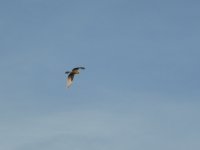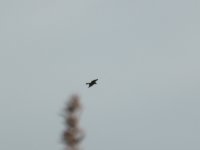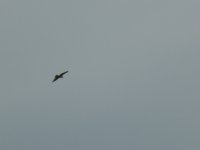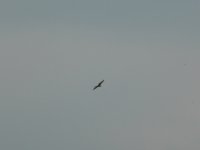Dimitra_v
Active member

I think maybe a falcon species and not an Accipitriformes species, because of the wing shape?? (I also cant find any Accipitriformes species that have such pale primaries, unless that is a plumage deformity? very unlikely) I saw this flying over a marsh around sea level. It flapped rather than soar. I saw it in a town near thessaloniki, greece. It is probably just a eurasian kestrel (and im overthinking it), because we have them in the area, but i just wanted to be sure because the tail looks really dark.








